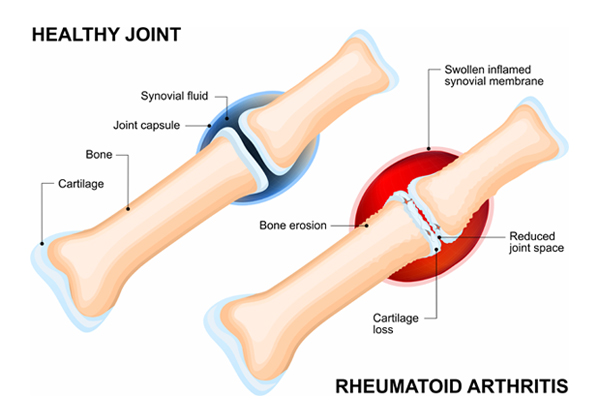Understanding Wrist and Finger Arthritis: Types, Symptoms, and Management
An Overview
Do you experience pain, stiffness, or swelling in your wrist or fingers? You might have arthritis, a condition that affects the joints. While several types of arthritis can affect these areas, understanding the specifics can help you manage them effectively.
What is Wrist and Finger Arthritis?
Arthritis simply means inflammation of one or more joints. In the wrist and fingers, arthritis can cause:
- Pain: Dull, aching, or sharp pain, often worse with activity.
- Stiffness: Difficulty moving the joints freely, especially in the morning.
- Swelling: Joints may appear puffy and inflamed.
- Reduced range of motion: Limited ability to bend and straighten your wrist or fingers.
- Weakness: Difficulty gripping or grasping objects.
Types of Arthritis affecting Wrist and Fingers
Osteoarthritis: This is the most common type, caused by “wear and tear” over time. It often affects the middle finger joints, fingertips, and the base of the thumb.
- Rheumatoid arthritis: An autoimmune disease where the body attacks its own tissues, including joint lining, leading to inflammation and damage in various joints, including the wrist and knuckles at the base of the fingers.
- Posttraumatic arthritis: Develops after an injury like a fracture or ligament tear, causing direct damage or gradual wear and tear on the cartilage.
- Gout: Crystal formation due to high uric acid levels can trigger sudden and intense pain, swelling, and redness in one or more joints, including the fingers.
Symptoms in the Fingers
- Pain: Dull, burning, worsening with activity.
- Swelling: Joints may appear puffy, red, and warm to the touch.
- Stiffness: Difficulty bending and straightening fingers.
- Bending of the middle joint: Boutonniere deformity can occur, causing the middle finger joint to bend abnormally.
- Numbness and tingling: Often associated with carpal tunnel syndrome, affecting the thumb, index, middle, and half of the ring finger. Tingling in the little and ring finger might indicate ulnar nerve compression.
- Bumps: Osteoarthritis can cause bumps called Bouchard’s nodes (middle finger) and Heberden’s nodes (fingertips).
- Weakness: Difficulty gripping and performing daily activities.
- Rash: Flaky, scaly rash on hands and fingers, a sign of psoriatic arthritis.
- Nail changes: Thickened nails, pitting, or separation from the nail bed, also associated with psoriatic arthritis.
- Cold fingers: Discoloration and sensitivity to cold temperatures, a symptom of Raynaud’s phenomenon.
- Audible noises: Grating or grinding sounds during movement, indicating cartilage damage.
Diagnosis
Your doctor will likely perform a physical examination, ask about your symptoms, and may recommend X-rays and blood tests to determine the type of arthritis and confirm the diagnosis.
Management
While there’s no cure for arthritis, various approaches can help manage symptoms and improve your daily life:
- Rest and activity modification: Avoiding activities that aggravate pain while maintaining gentle movement.
- Splinting: Wearing splints to support and rest the joints.
- Pain medication: Over-the-counter pain relievers or prescription medications to manage pain and inflammation.
- Physical therapy: Exercises to improve flexibility, strength, and range of motion.
- Cortisone injections: Injections of a powerful anti-inflammatory medication to reduce pain and inflammation in specific joints.
- Surgery: In severe cases, surgery might be considered to repair or replace damaged joints.
Remember
Early diagnosis and proper management are crucial for controlling symptoms, preventing further joint damage, and maintaining a good quality of life. If you experience any concerns about your wrist or fingers, consult your doctor to discuss the best course of action for you.

